Build ‘em fast, build ‘em cheap, build ‘em high seems to be a once-sleepy village’s new mantra
Anyone who has been near Trikomo in recent years will have noticed the emergence of a new skyline.
Once upon a time, the village which serves as the gateway to Karpasia was a small, innocuous place which, without doing it down, was little more than a waystop between Famagusta and Karpasia, and notable only as the childhood home of the Eoka leader Georgios Grivas.
These days, things are a little different. Buildings of all colours, shapes, and sizes – though mostly large – have sprouted up in the vicinity of Trikomo. Buildings up to 25 storeys high tower over the flat plains and on which possibly hundreds more are under construction.
I went to see with my own eyes the almost endless construction in the area, and understand the impact it is having on the area itself and the people who live there.
There are two main areas which are being heavily built on. One is by Long Beach, on the south side of the village, and the other is further northeast, towards the village of Bogazi.
Almost paradoxically, however, the village itself remains pretty much untouched by the large-scale construction going on all around it. The central village square is still flanked by the tiny Ayios Iacovos church, and the streets around it mostly cobbled.
The scene was rather pleasant and quaint, of small houses with well-kept front yards facing onto narrow streets which see minimal traffic. There were a number of official offices around, too, given that the north treats Trikomo not only as its own municipality but as a district capital, but they, too, were small.
The village was quiet and mostly empty, save for a smattering of elderly men sat on plastic chairs outside a coffee house, and a few more sat outside the local hunters’ club.
When I asked one of the men at the hunters’ club, named Alper, if Trikomo had changed much as a result of the construction project, he looked at me rather puzzled and said “this place is exactly the same as it has been for 40 years!”
Another man piped up from the next table over, telling me “I’ve been coming here for 30 years, and whenever I get here, he’s already sat here!”
Alper clarified that the construction work is all happening outside the village, and said “nothing has changed here. It’s the same people in the same places as they always have been.”
However, the notion that everything is exactly the same is not quite true. This much was evidenced by the fact that a Nissan Serena with Russian licence plates drove past me just after I had left the hunters.
I made my way out of the village and towards Long Beach, and as I progressed further down that road, the Russian language and occasionally the Arabic language began to appear on signs on the front of offices and shops.
I stopped along the way at an estate agents to learn more about who is building this uncountable number of high-rise properties, and who is buying them. The estate agent I met was a Russian man named Vladislav, who said he was fresh out of university in Arkansas.
Vladislav guided me through a portfolio of various properties, most of which have not been built yet. Most of the properties were described as “projects” or “investments” rather than “homes” or “holiday homes”, and were priced by the square metre.
All prices are in Pounds Sterling – as is commonplace in the north for properties – and seemed to range between £1000 and £2500 per square metre, with sizes ranging between 50sqm and 70sqm. While these are not exactly beachfront properties – most of the current construction work is taking place just over a kilometre from the sea – these are low prices when the current global property market is taken into account.
Vladislav said that £200,000 in the right project could buy a four-bedroom property, and all of the properties come with amenities, such as shared swimming pools, gyms and other sports facilities. One artist’s impression I saw even had a helipad.
According to Vladislav, around 70 per cent of people who own or reside in the new buildings in Long Beach and Bogazi are Russian, with the others largely being made up of nationals of other former Soviet states, Eastern European countries, Israel and Germany.
He said people from those countries are attracted by the comparatively low prices, whereas the large number of British people who settle in the north prefer to live in smaller developments in the Kyrenia district.
The reason why Trikomo and not Kyrenia was chosen as the target for this large-scale development, Vladislav said, was the district’s lax building regulations.
“In Kyrenia, you can now only build up to two storeys, whereas here, you can pretty much build whatever you want,” he said.
One would imagine that geography also plays a role in this decision. The land in Trikomo is flat for miles around, whereas in most of the Kyrenia district, you cannot get more than a few kilometres from the sea before meeting near-perpendicular mountains.
What may or may not have come into consideration, however, is the recognised ownership of the land. The Trikomo area was almost entirely populated by Greek Cypriots until 1974, and as such it is likely that much of the land being built on is, on legally at least, owned by Greek Cypriots.
Some of the owners will likely have been compensated by the Immovable Property Commission and will have handed their title deeds over, but given the scale of construction, it is inherently possible that multiple Greek Cypriots are unknowingly the legally recognised owners of some of the tallest buildings on the island.
Vladislav’s notion that you can build whatever you want seems to hold true on Long Beach. There is a constant stream of different types of construction vehicles on the road between Trikomo and Long Beach.
I lost count of the number of cement mixer lorries I saw, while there were also numerous other lorries carrying various other construction materials around the area, as well as builders of swimming pools, plumbers and electricians driving vans in all directions.
In this sense, there does seem to be a positive to this near-exponential construction. There is a genuinely self-sustaining economy in Long Beach, propped up by nothing but the value of the land and what is being done to it.
Investment pours in from constructors who pay tradesmen, labourers, manufacturers to make and import products and to build properties which are sold for a profit to buyers. It may not be pretty, but unlike much of the north, it seems to be turning a genuine profit and is likely employing a lot of people.
This large-scale construction does have many of the hallmarks of an Erdogan project. While it has no links to the man himself, the projects being undertaken mimic the way the Turkish president and former prime minister dragged the country’s economy into the 21st century in his first years in power.
New buildings aplenty shot up around Turkey in the first part of this century, as well as a tunnel under the Bosphorus, a new presidential palace, and the largest airport in Europe.
Eastern Istanbul in particular has seen a rapid transformation in recent years, with high-rise luxury apartment blocks stretching further and further eastwards as time goes on. Trikomo is twinned with the Eastern Istanbul district of Pendik, and nowadays one can begin to see the resemblance.
The underlying philosophy seems to be the same, too. Build ‘em fast, build ‘em cheap, build ‘em high, sell ‘em off seems to be the current mantra in Trikomo, just as it has been in Turkey during Erdogan’s period in power.
However, endless construction without the due attention paid to the relevant necessary infrastructure in other areas causes massive problems, and this has shown up in Trikomo’s sewage situation.
Last summer, photographs surfaced on social media of raw sewage in the sea off Long Beach and green water on the coast.
The north’s ‘health ministry’ performed analyses on the seawater in June and found the levels of e.coli to be more than twice the European Union’s maximum recommended safe limit, and comparable to that of toilet water after one flush post-defecation.
The water was also found to contain potentially dangerous levels of intestinal enterococci, bacteria characteristically found in human faecal matter.
The water was eventually cleaned up and the sea in Trikomo is now once again safe to swim in, but the root cause of the issue remains. Trikomo’s sewage system is simply not built to be able to deal with the thousands of people who are moving into the new buildings.
The cost of bringing Trikomo’s sewage system up to the required standards and capacity to deal with the current influx of people moving into the newly built high rises is estimated at an eye-watering €25 million.
Until such works are undertaken, however, a more temporary solution has been found. Every day, vacuum tankers full of Trikomo’s raw sewage are driven southwards along the coast to Famagusta, and their contents deposited into Famagusta’s more capable sewage system.
Each vacuum tanker trip costs the Trikomo taxpayer between 2,000TL (€67) and 3,500TL (€116), depending on the size of the tanker.
While a temporary solution to the village’s sewage woes may have been found, the memories of sewage-addled seawater live on in the minds of local residents and compound the other problems faced in the area.
Yasemin, who lives near Long Beach, told me the sewage problems mean “it is no longer fun to live here”.
She referenced other problems faced by local residents, saying “for people like me who live near Long Beach, life is pure torture. There is incredible noise pollution as these buildings are being built morning and night. Trikomo has extraordinary touristic potential, but unfortunately they squandered it.”
Sevil, who lives in one of the surrounding villages, concurred. “Trikomo has lost its beautiful nature, its sea, its picnic areas, and its forest areas. They have all been damaged and everything is being concreted over,” she said.
“Trikomo used to have a quiet coastal vibe, and now it has become a busy, oppressive place, being turned into concrete and urbanised.”
The noise is impossible to ignore. Long Beach is subject to a constant din of diesel engines belonging to cement lorries and other construction vehicles on the move or moving other things about. It is seldom overpowering, but always in the background, like an industrial form of tinnitus.
Furthermore, the new buildings are a drain on the already sparse resources in the area. Hasan Sadikoglu spoke recently about how Trikomo is facing a water shortage, with Long Beach reportedly one of the worst-affected areas.
This adds more weight to the argument that these buildings have been erected without any regard given to the existing infrastructure in the area, and without any serious attempt to improve it.
Asked to sum the whole situation up, Nia told me “I think it’s a load of bulls***, if I’m honest.”
While there is tangible resentment in the air regarding these buildings among sections of the local population, the lack of citizen-led action taken against them suggests that the majority of public opinion in the area falls closer to that of the Hunters’ club.
Be under no illusions, there is no groundswell of local fightback against these high-rise buildings. The incumbent mayor has won three elections in a row and is locked into place until 2026 at the earliest.
So long as life inside the village itself remains as it always was, it seems that enough villagers remain nonplussed as to what is going on just outside it, that construction can and does continue in earnest.

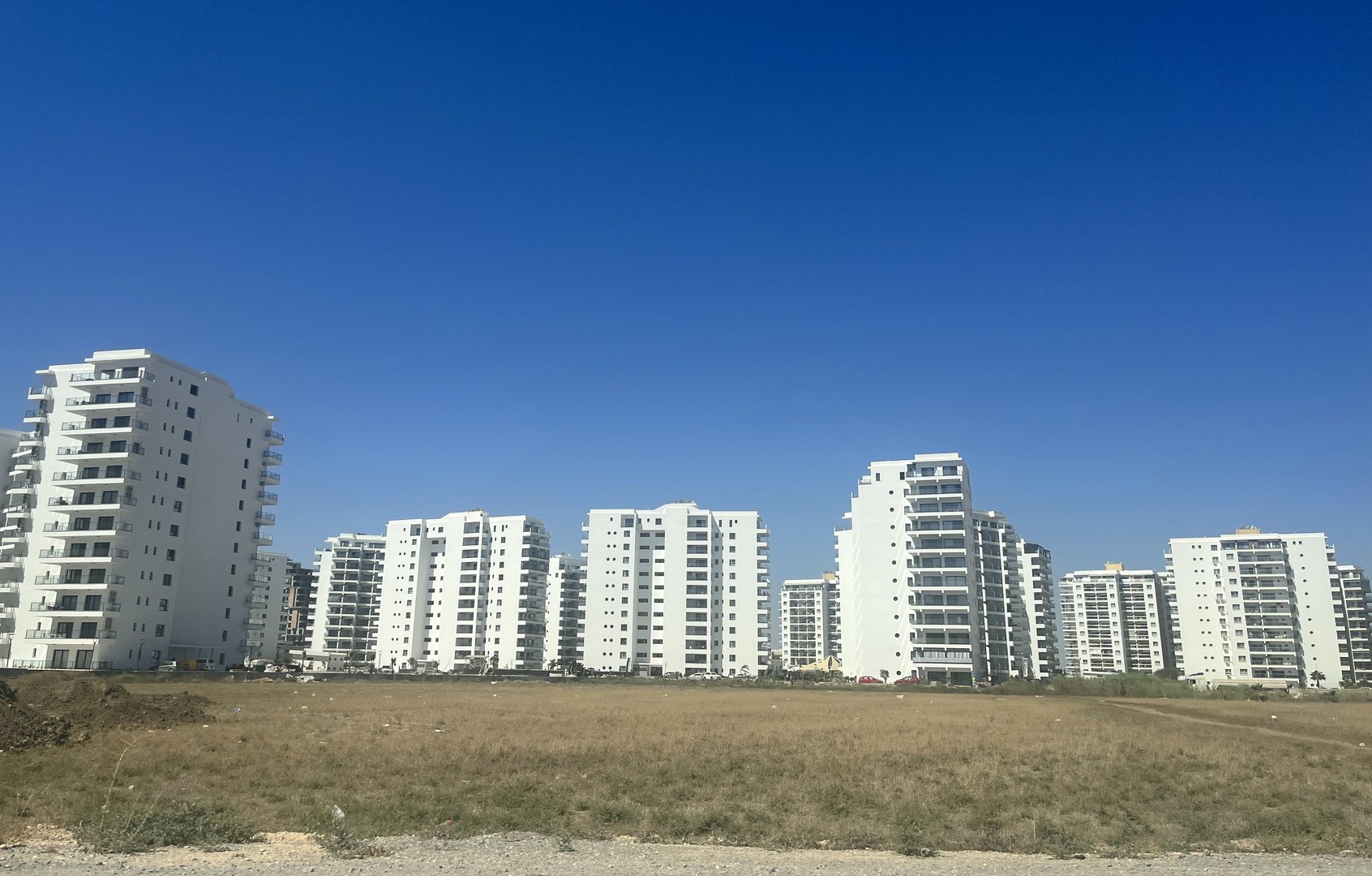
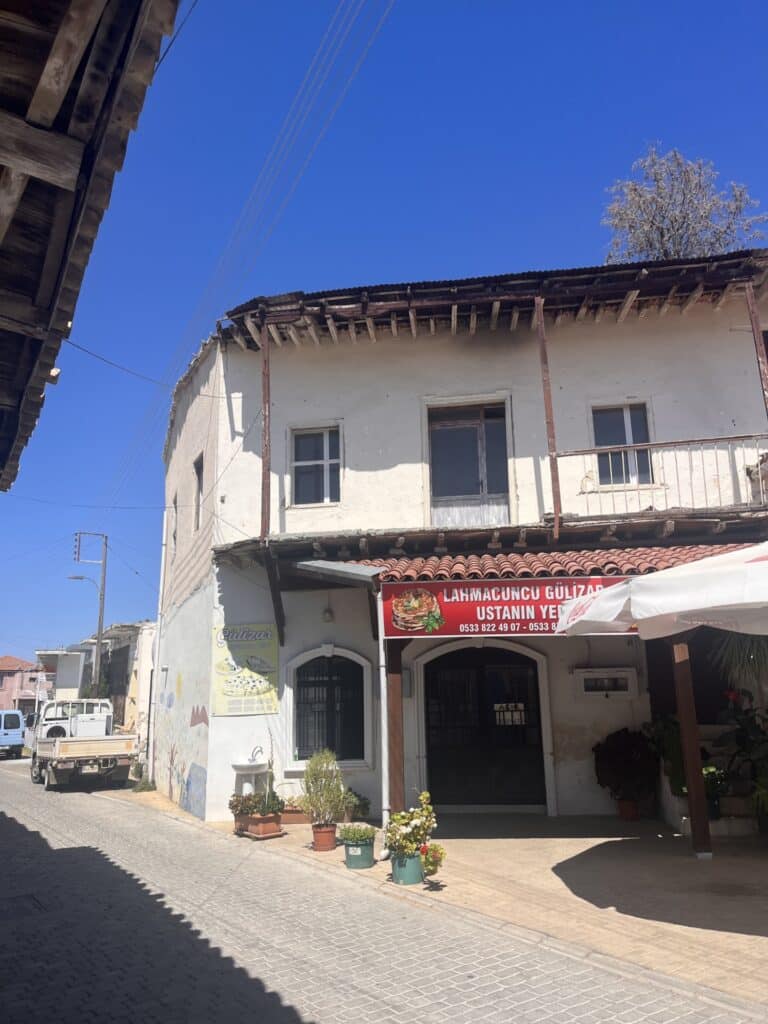
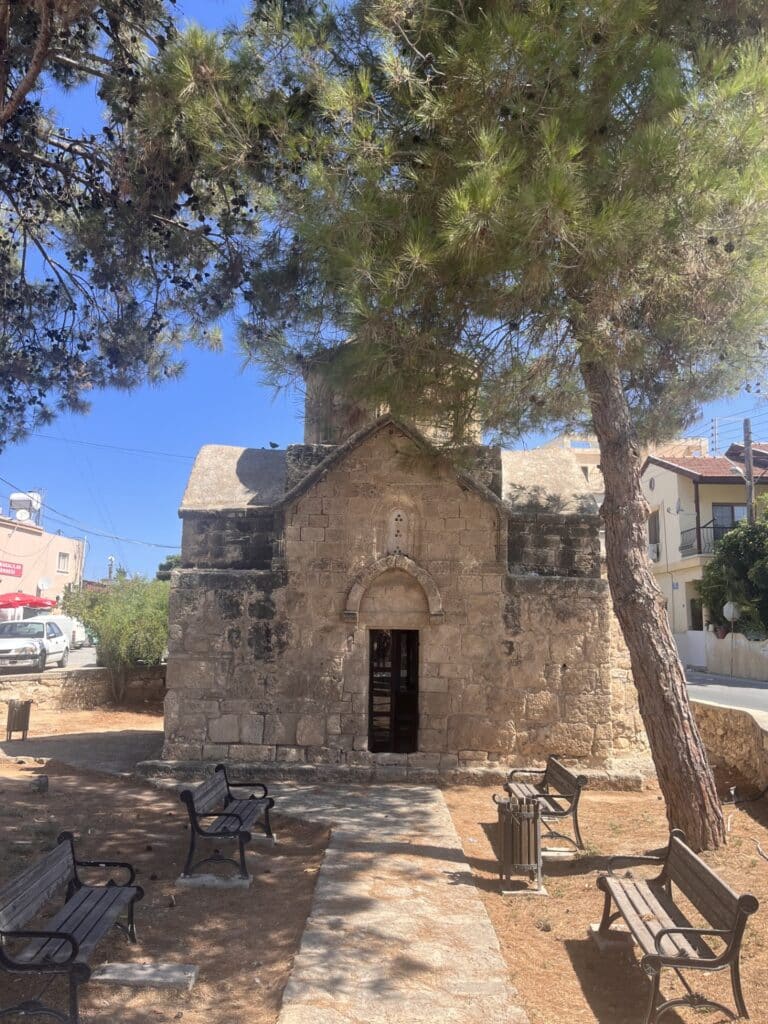
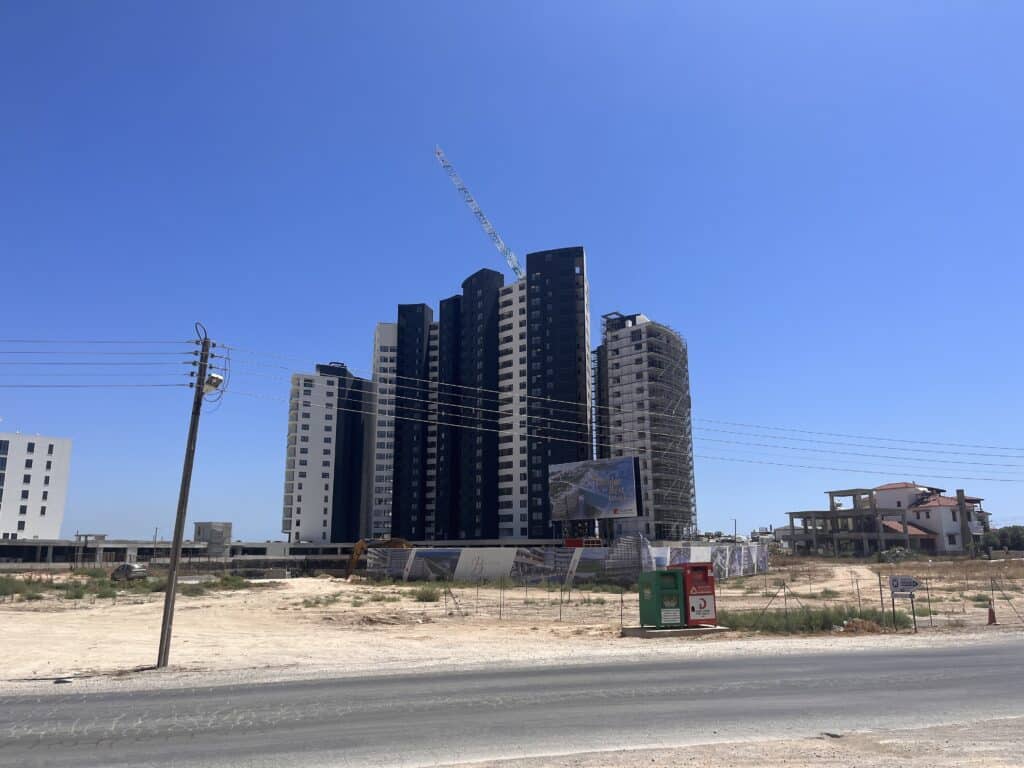
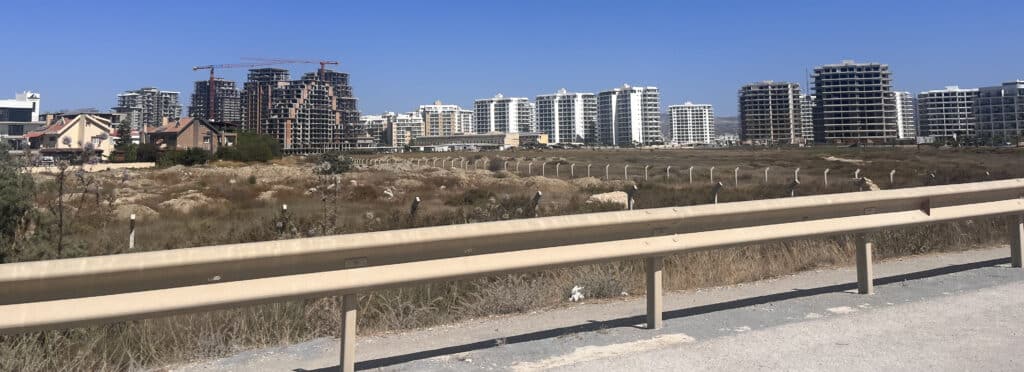





Click here to change your cookie preferences